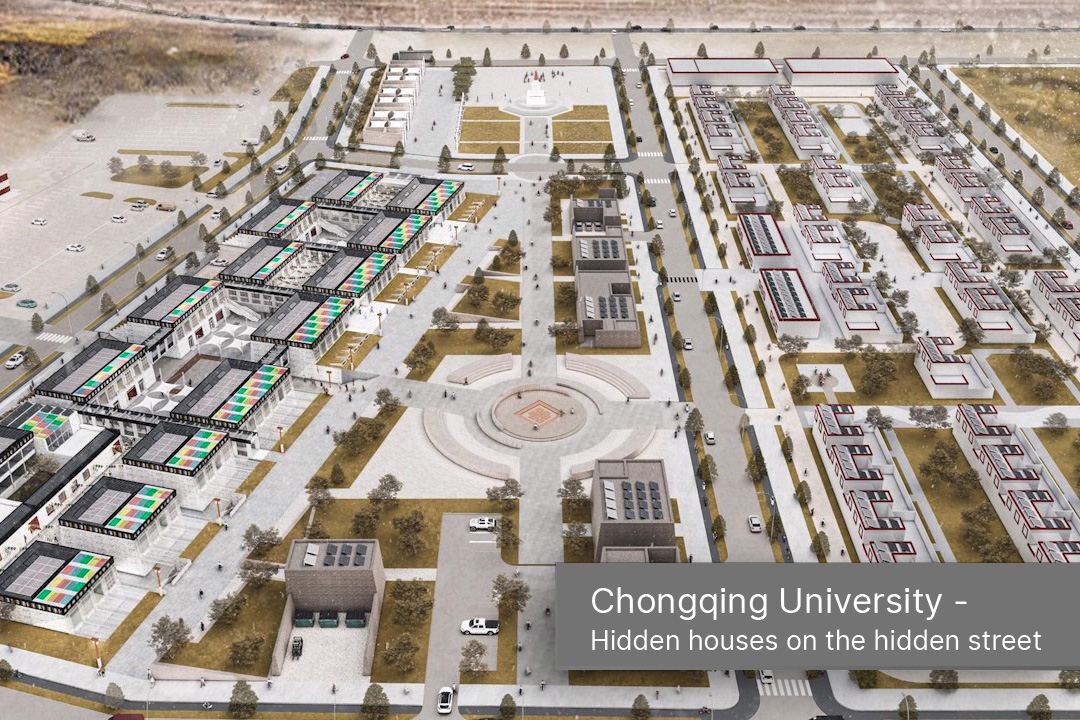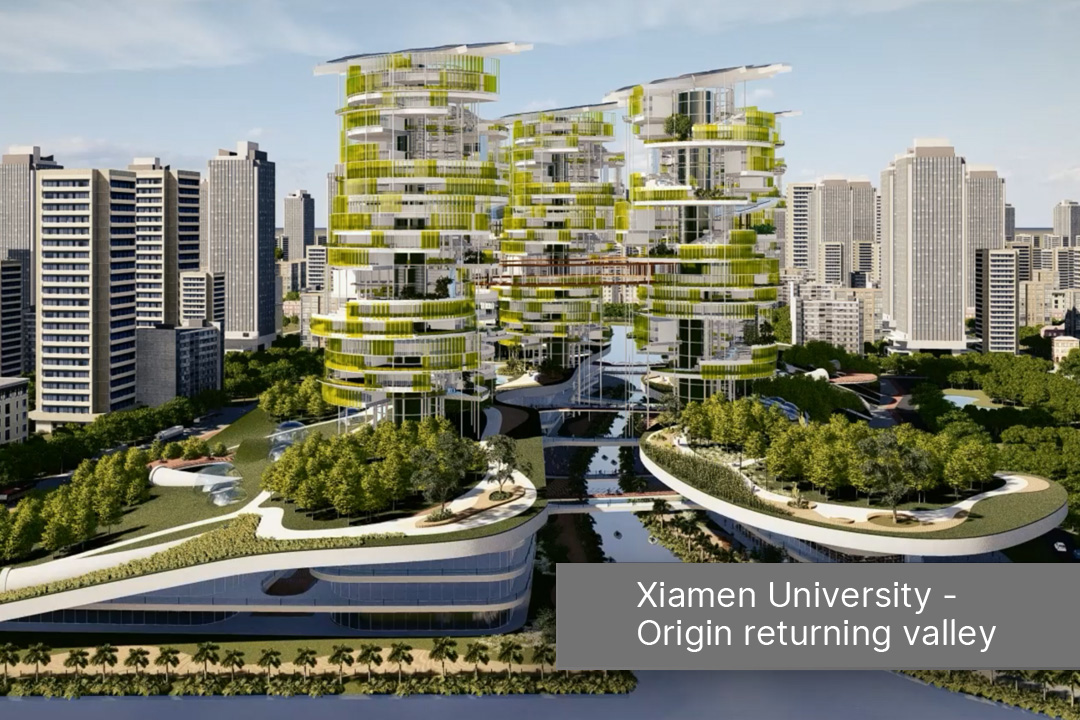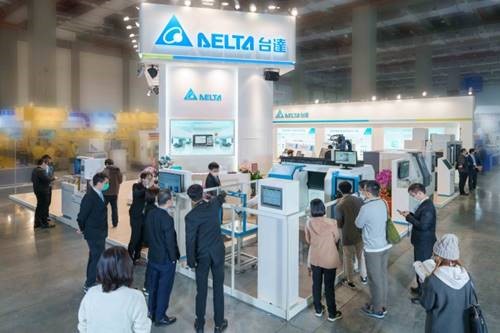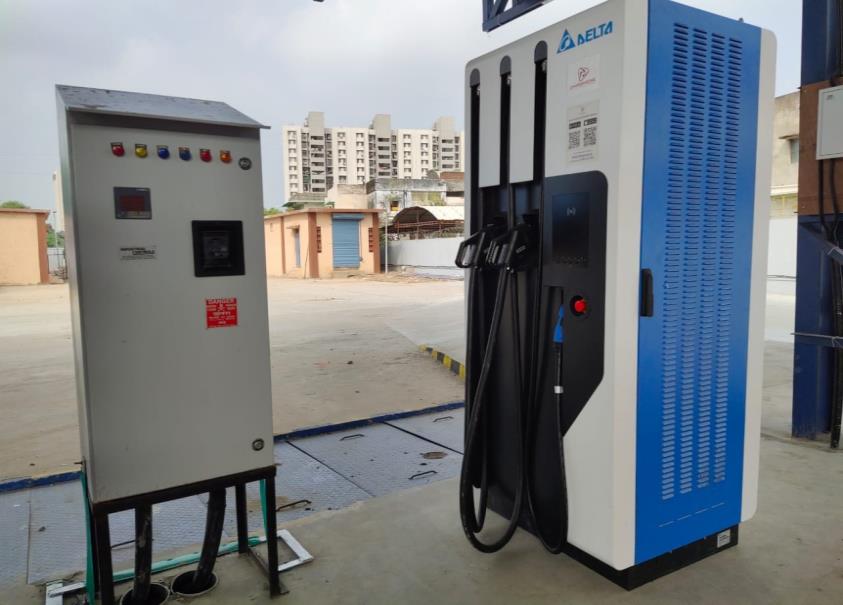Delta-Cup International Solar Building Design Competition was themed with "solar power and low-carbon community," surrounding the Chinese government's targets of peak carbon dioxide emissions by 2030 and carbon neutrality by 2060. The two targets are aimed to realize energy usage transformation, promote low-carbon society development, build a green and healthy living environment, and integrate the concepts of low-carbon, green, and sustainable into community construction, seeking "low-carbon community" in urban and rural constructions.
The competition was the first that integrated on-site construction with concept design. Donga Town, Baingoin County, Qinglong Township, Tibet was chosen as the low-carbon community for the on-site construction project as well as the "carbon-free community" for the concept design project. The on-site construction project in Donga Town, Baingoin County, Qinglong Township, Tibet was planned to serve as the low-carbon community that incorporates residency with tourism. The competitors were required to design a culture plaza, commercial blocks, herdsmen's residences, and residential facilities in an assigned competition area of around 12,000 square meters. On the other hand, no physical location is assigned for the "carbon-free community" of the concept design project. Competitors were required to select any cities in the world. The carbon-free community is 90,000 square meters and should accommodate 3,000 people to live and work within the community.
A total of 149 works were received for this competition. After three rounds of intense discussion, the judges finalized two first-prize winners, four second-prize winners, and eight third-prize winners. "Hidden houses on the hidden street" by Chongqing University won the first prize of the on-site construction project, while "Origin returning valley" by Xiamen University was awarded the first prize of the concept design project. According to the judges, "Hidden houses on the hidden street" positively echoed with the local weather from its planning and construction. Its internal and external commercial blocks are designed delicately while the surfaces of the houses take great advantage of solar power. "Origin returning valley" is of great creativity, integrating vertical agriculture with constructions in the urban area and establishing a carbon-free technique system that includes energy supply, water cycle, green features, and transportation.

















